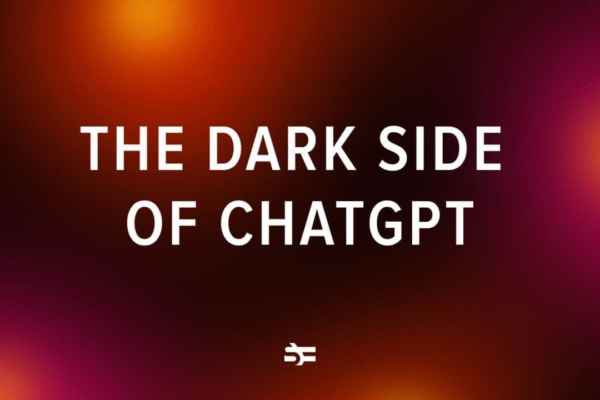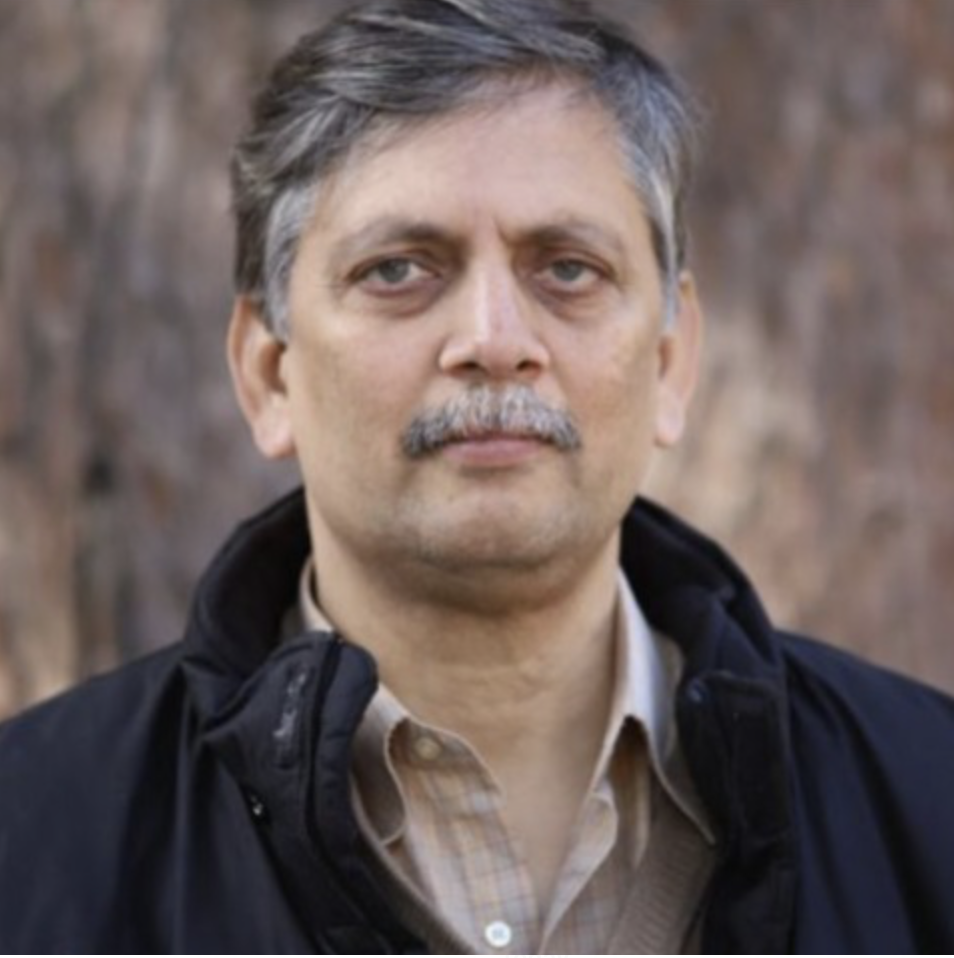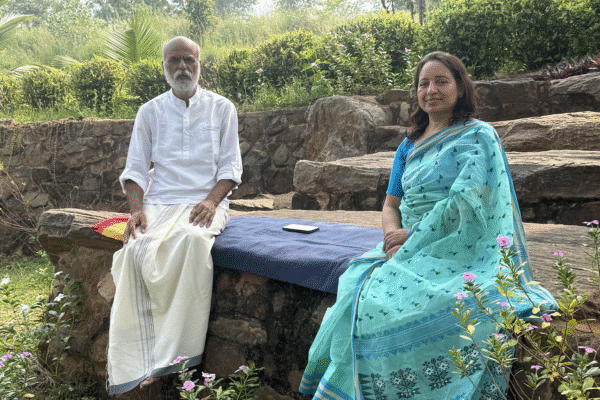

China’s Role in Pakistan’s Khyber Bombing
China’s role in Pakistan military operations is facing renewed scrutiny after a deadly airstrike in Khyber Pakhtunkhwa. The strike, carried out using Chinese-made JF-17 jets and LS-6 bombs, killed 30 civilians, including women and children. This tragedy highlights the deepening military alliance between China and Pakistan, raising serious concerns over flawed intelligence and civilian safety.
China’s Strategic Role in Pakistan’s Military Actions
Thirty civilians, including women and children, were killed in a Pakistani airstrike in Khyber Pakhtunkhwa province. The strike used Chinese-made JF-17 fighter jets and LS-6 precision-guided bombs. This has reignited concerns about intelligence failures and the rise in civilian casualties during counter-terror operations.
The use of advanced Chinese weapons shows how deep Beijing’s influence runs in Pakistan’s defense strategy. These arms are part of military exports linked to China’s Belt and Road Initiative (BRI). They also reflect a growing strategic alignment between the two countries.
China has long supported Pakistan through military and economic aid. However, this airstrike shows a shift—from support to active operational enablement. The precision of the LS-6 bombs indicates a targeted strike, yet the tragic outcome questions the quality of the intelligence used.
Beijing’s motives are not limited to arms sales. It views Pakistan as a buffer against Indian influence and a key route for BRI investments. The joint development of the JF-17 aircraft symbolizes China’s commitment to shaping Pakistan’s military future. After the U.S. exit from Afghanistan, Pakistan helps China maintain regional access and influence.
China also hopes to contain militancy from spilling into its Xinjiang region. By strengthening Pakistan’s military, it secures its western border and suppresses extremist threats. These goals drive China’s deepening involvement—even when civilian lives are at risk.
Civilian Casualties Fuel Public Outrage
Local reaction was immediate and emotional. Residents in Khyber, already suffering from years of conflict, condemned the strike. Thousands protested in Swat’s Mingora city, demanding justice and government accountability.
Pakistan Tehreek-e-Insaf (PTI), the opposition party, called the strike a failure of governance. Amnesty International also criticized the incident. The rights group pointed to a pattern of disregard for civilian life in past operations.
This is not the first time anti-terror campaigns have killed innocent people. Each case further damages public trust in the military and state institutions. The growing civilian toll is eroding the legitimacy of counter-terror efforts.
When precision weapons are used, the expectation is minimal collateral damage. That did not happen here. The high death toll raises serious ethical and legal concerns for both Pakistan and its defense partner, China.
Khyber Pakhtunkhwa: Terrorism’s Frontline
Khyber Pakhtunkhwa borders Afghanistan and has harsh, mountainous terrain. This makes it a haven for militant groups like Tehreek-e-Taliban Pakistan (TTP). Officials claim the TTP hides weapons in villages and uses civilians as shields.
The strike followed a deadly ambush in which 12 Pakistani soldiers were killed by TTP fighters. Islamabad says the bombing was a necessary military response. Still, critics argue that even in war, civilian safety must be prioritized.
Supplying weapons that result in civilian deaths could damage China’s global reputation. These incidents challenge its image as a responsible global power and strategic partner.
Pakistan’s use of Chinese arms in sensitive, populated regions poses major strategic and ethical questions. China must now consider the global costs of enabling such operations. If military action continues with flawed intelligence, civilian anger will grow.
Both Pakistan and China must build accountability into their military strategies—before public trust collapses completely.

Gyaneshwar brings more than three decades of distinguished journalistic experience to the team. He has contributed significantly to both print and electronic media and directed several documentary films. For over 35 years, he has held key editorial roles in newspapers and TV channels, including The Pioneer and JAIN TV. Known for his balanced perspective and in-depth analysis, he brings leadership and expertise, and ensures accuracy, relevance, and clarity in every story.









